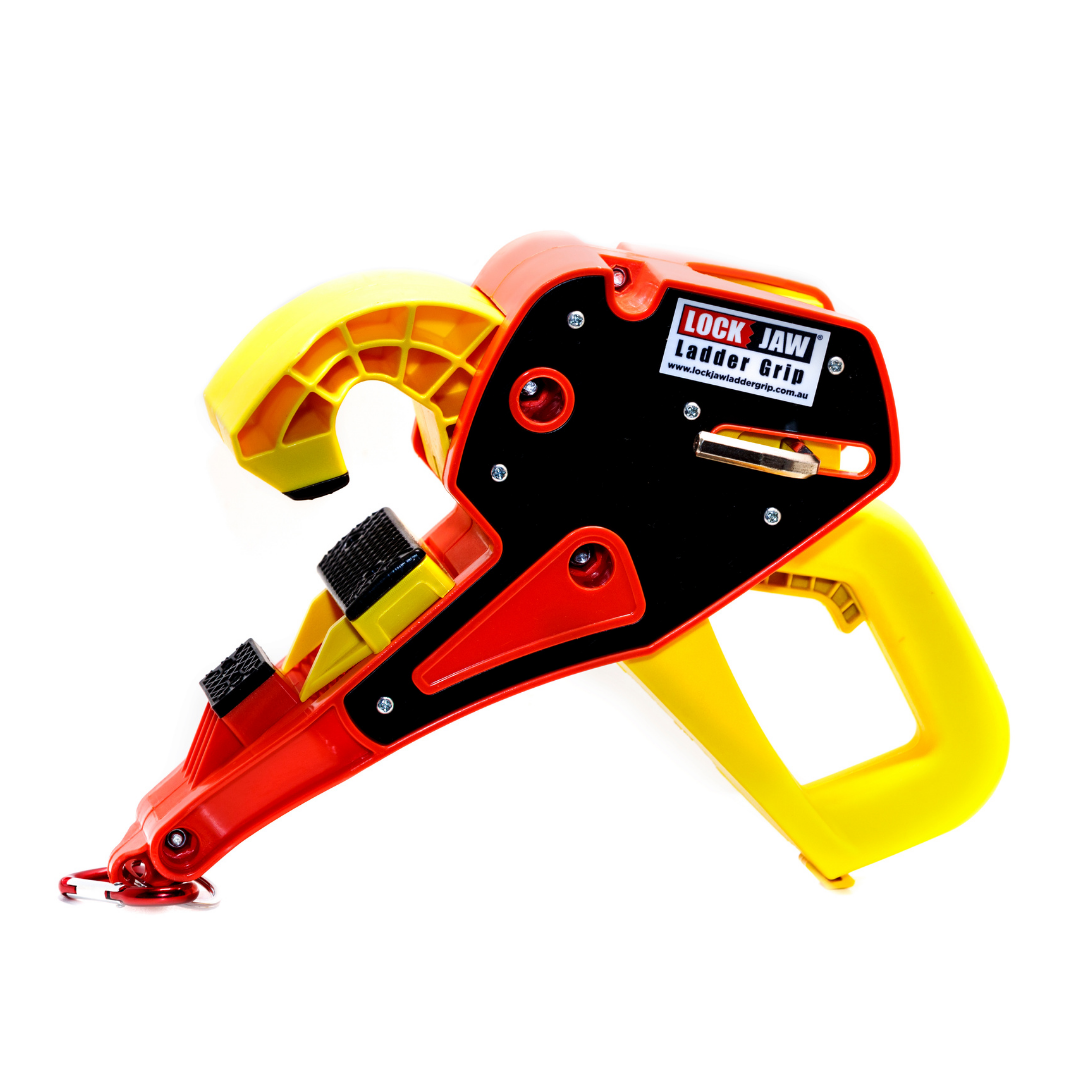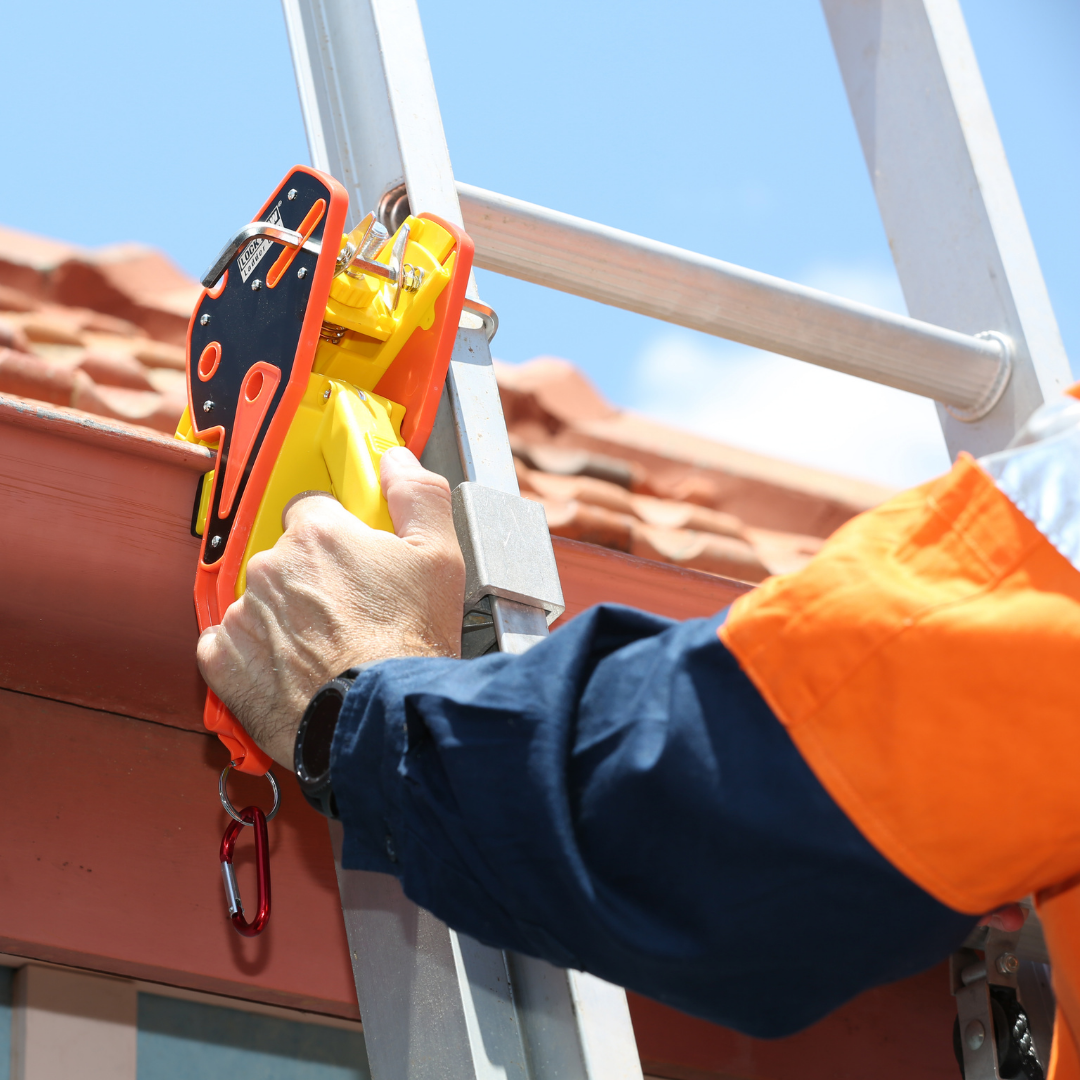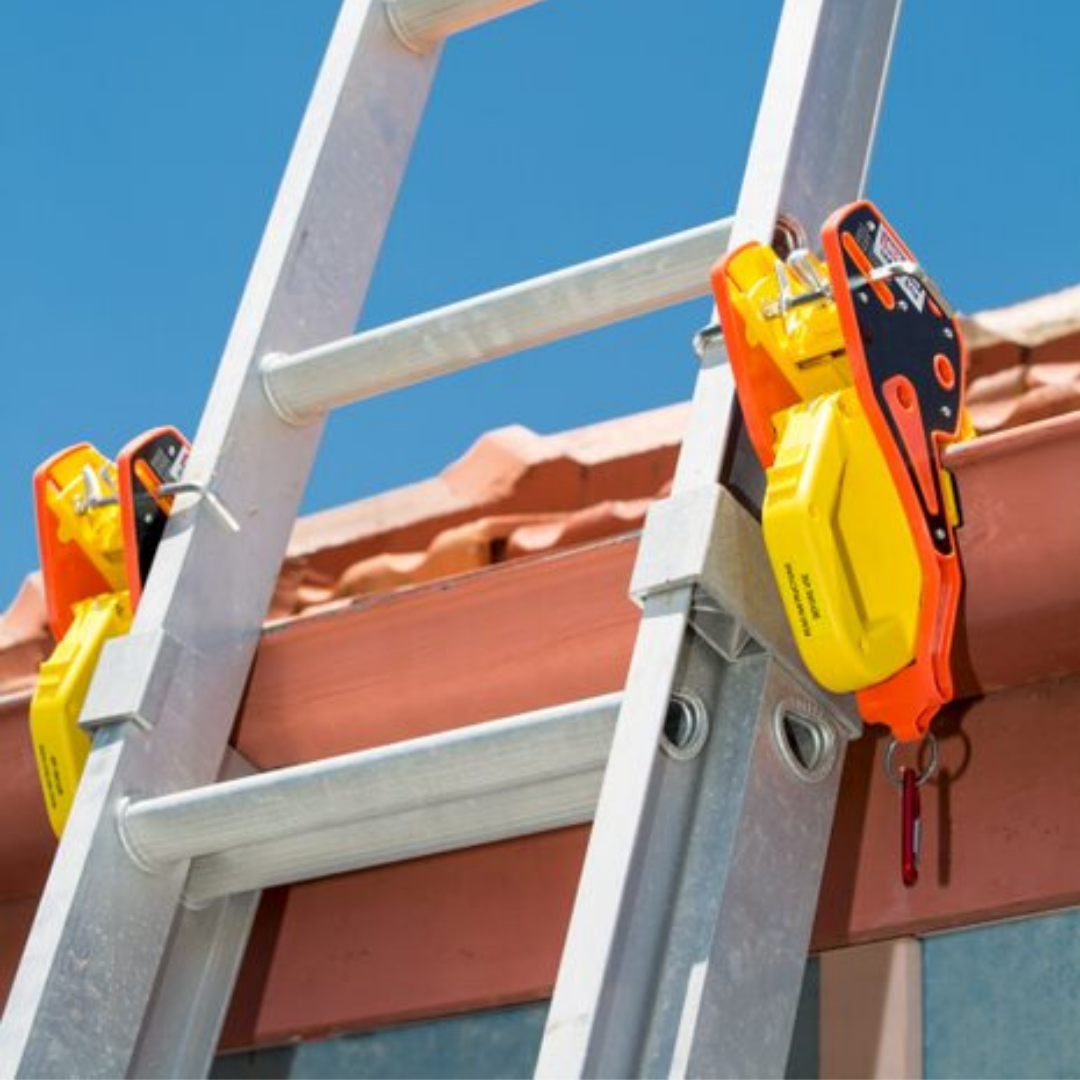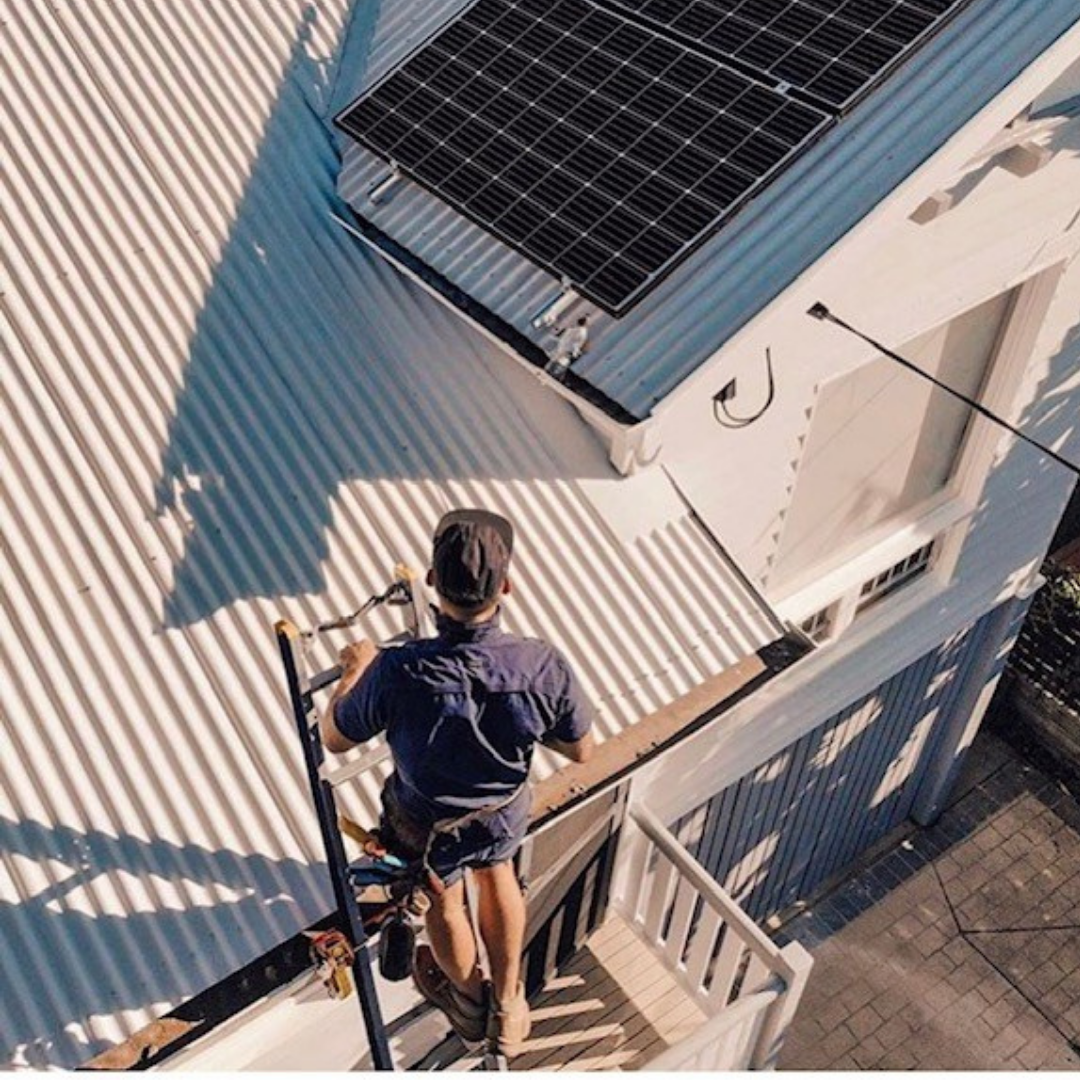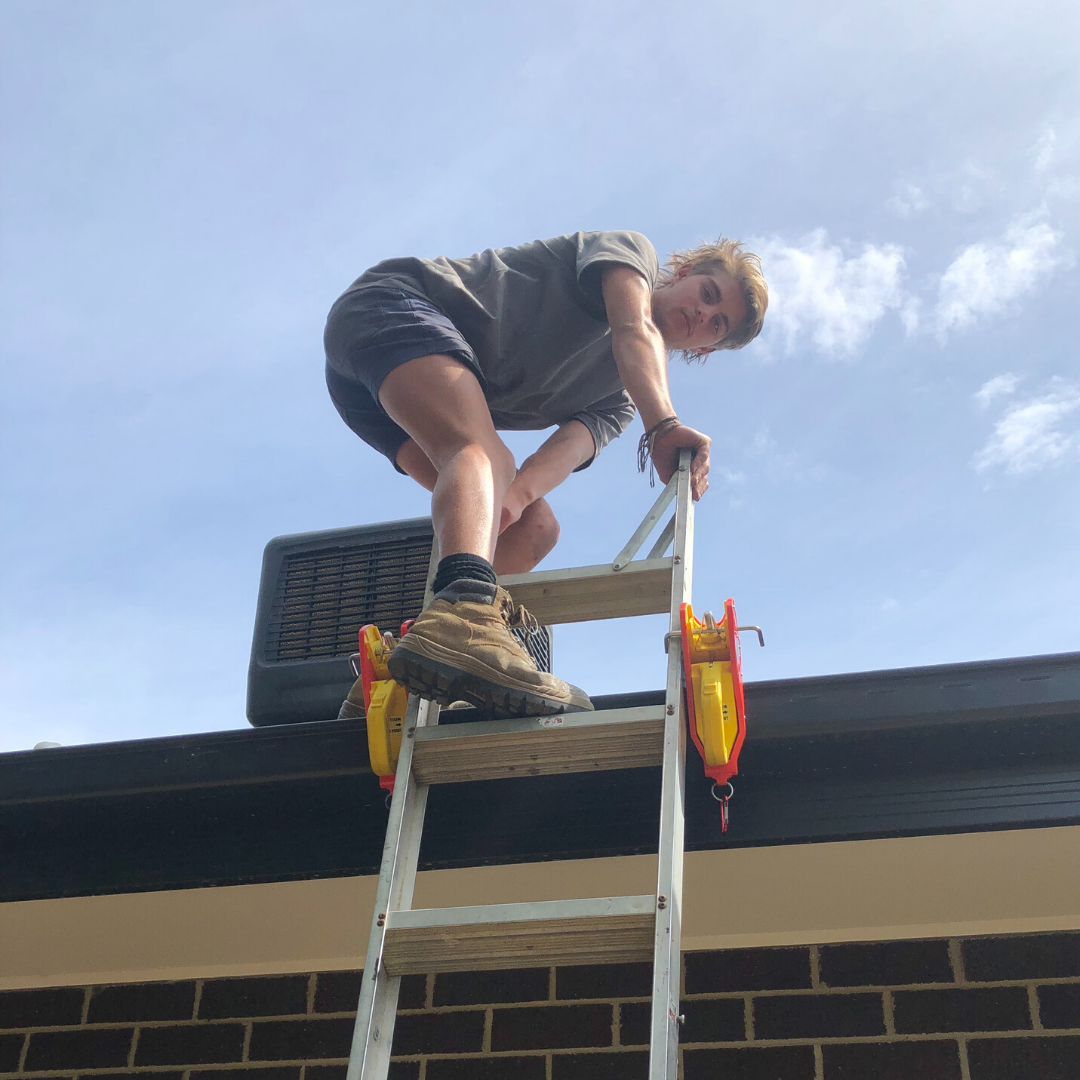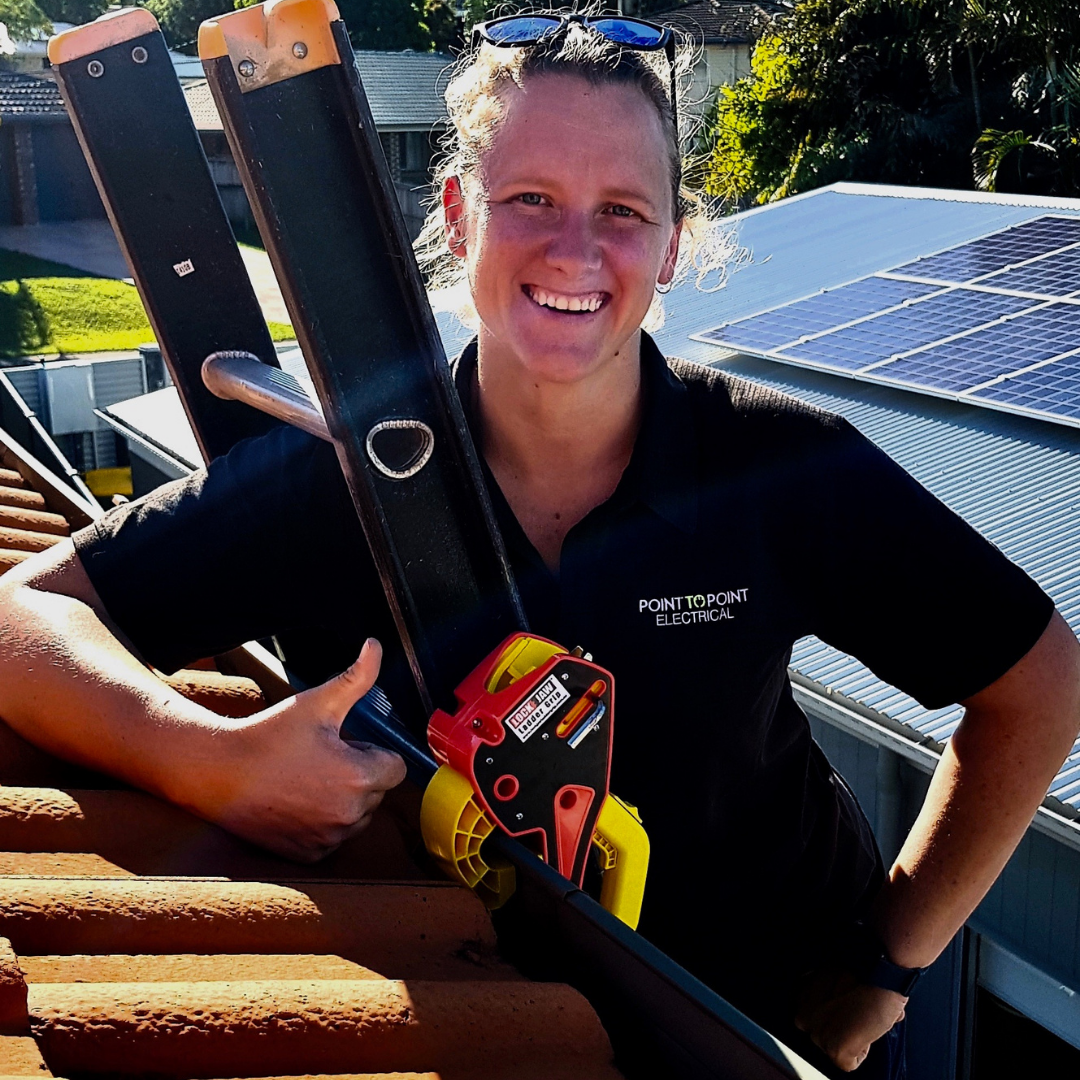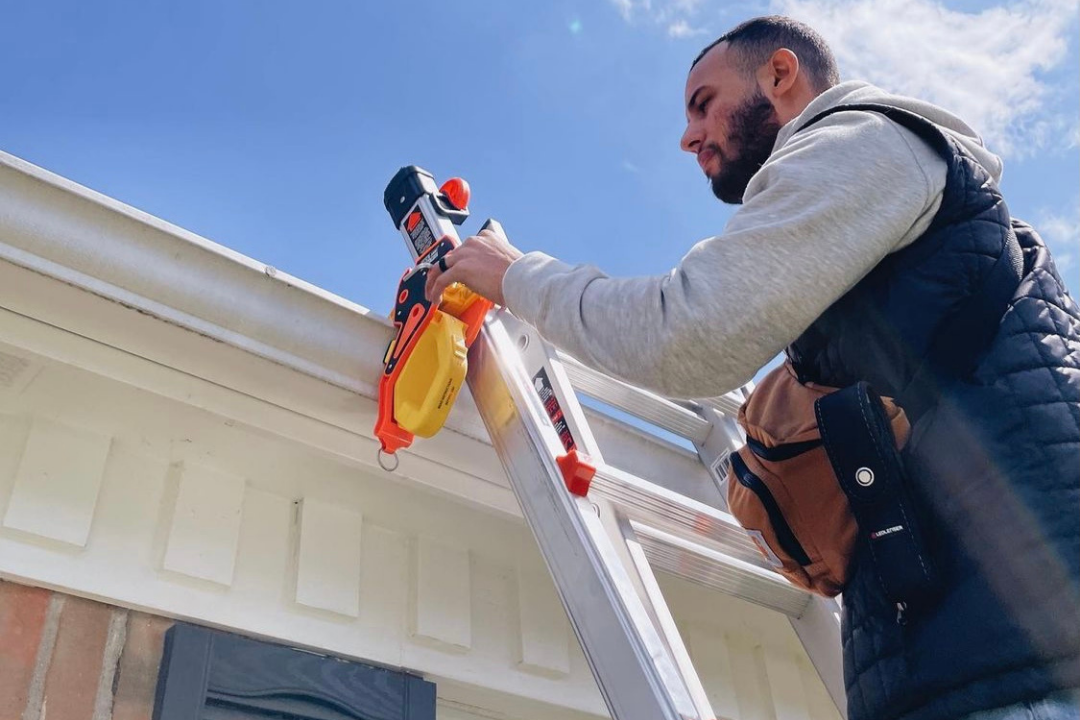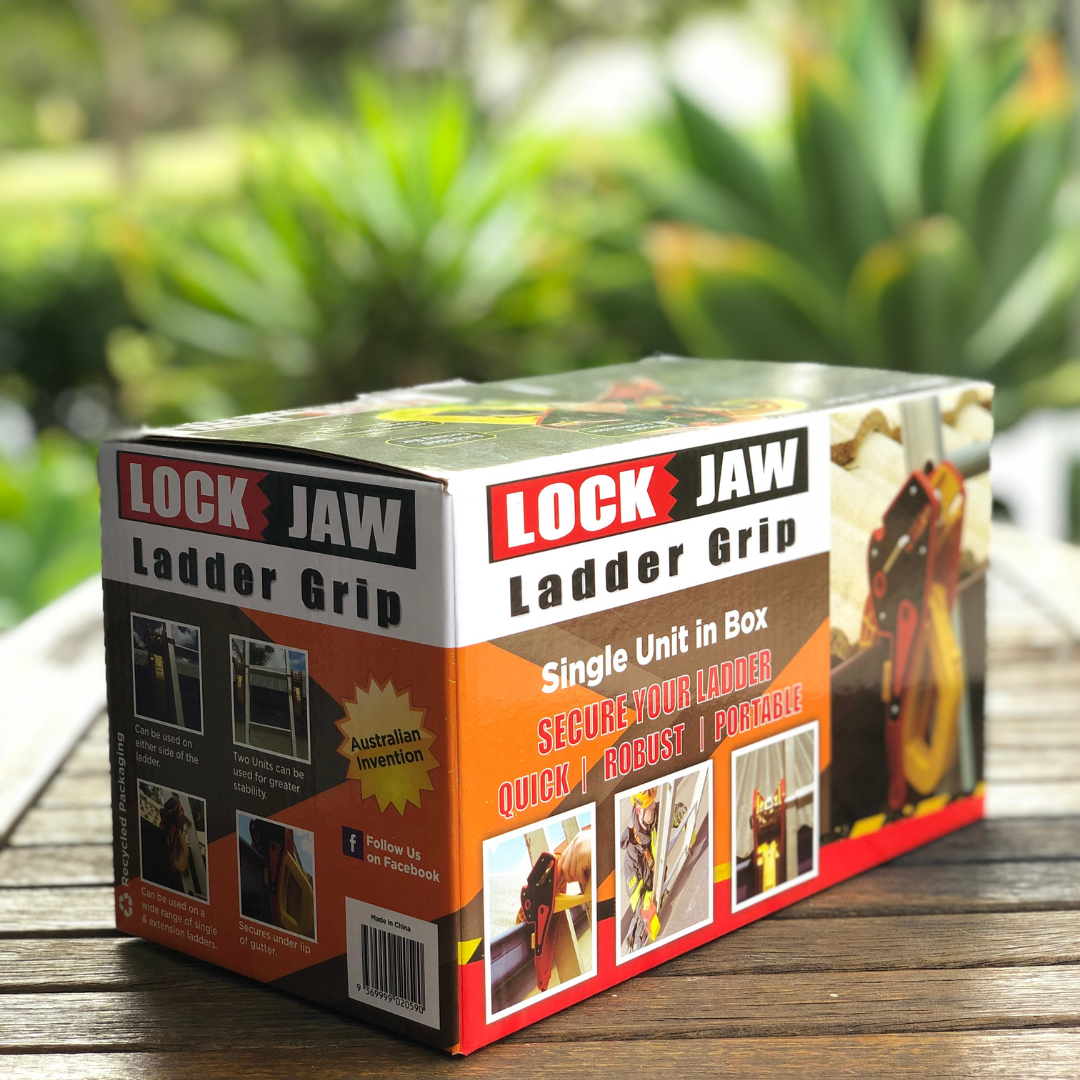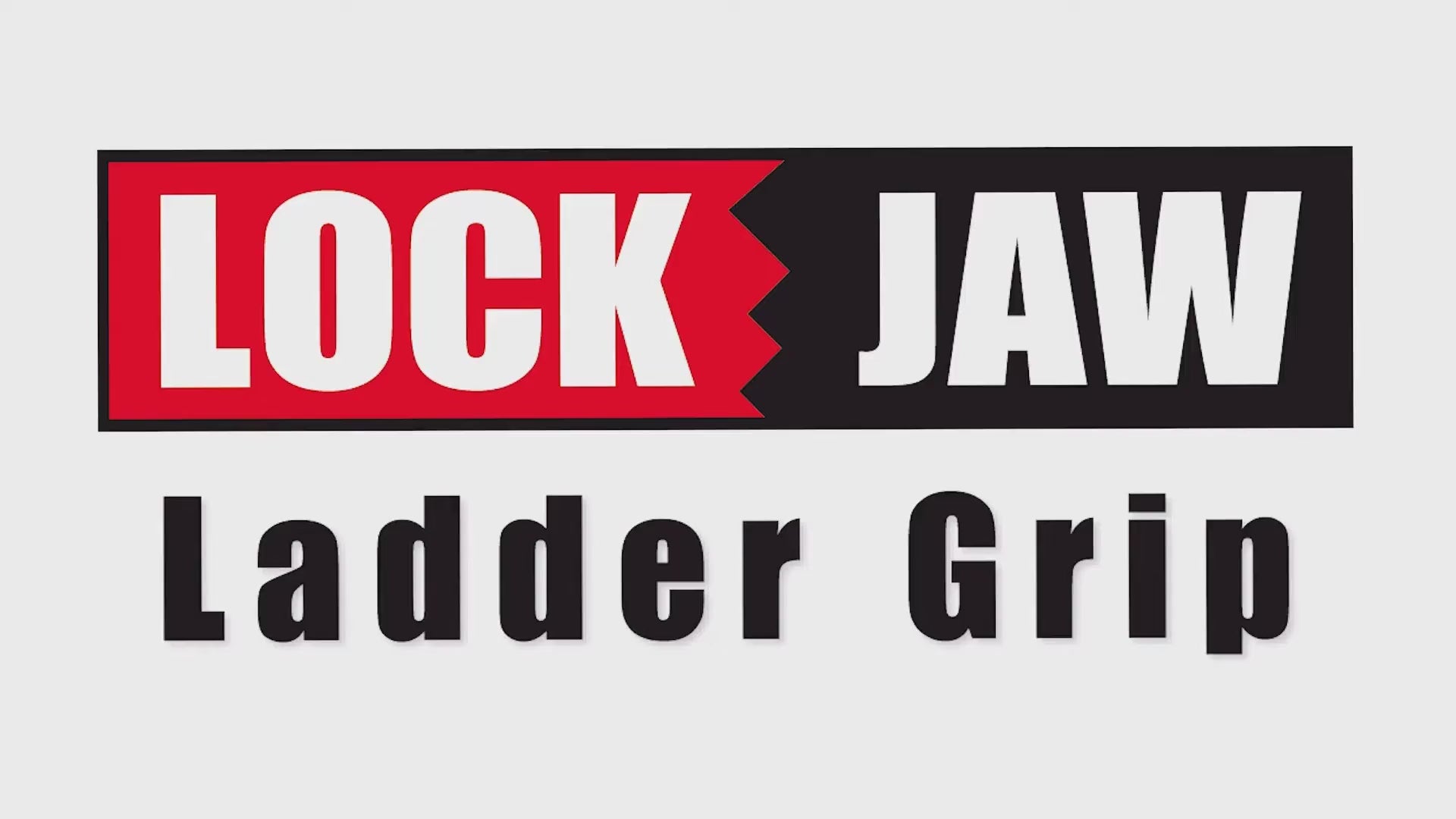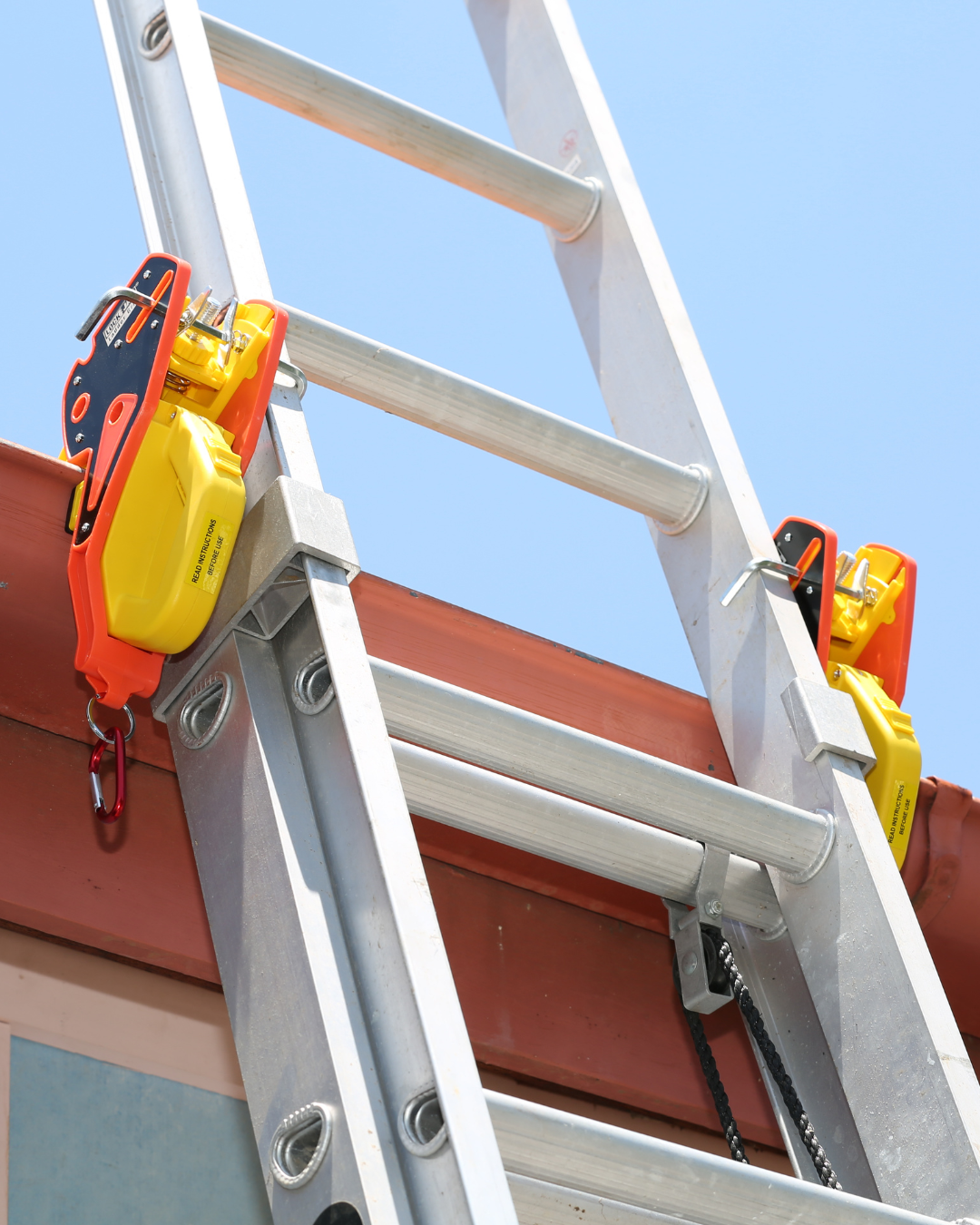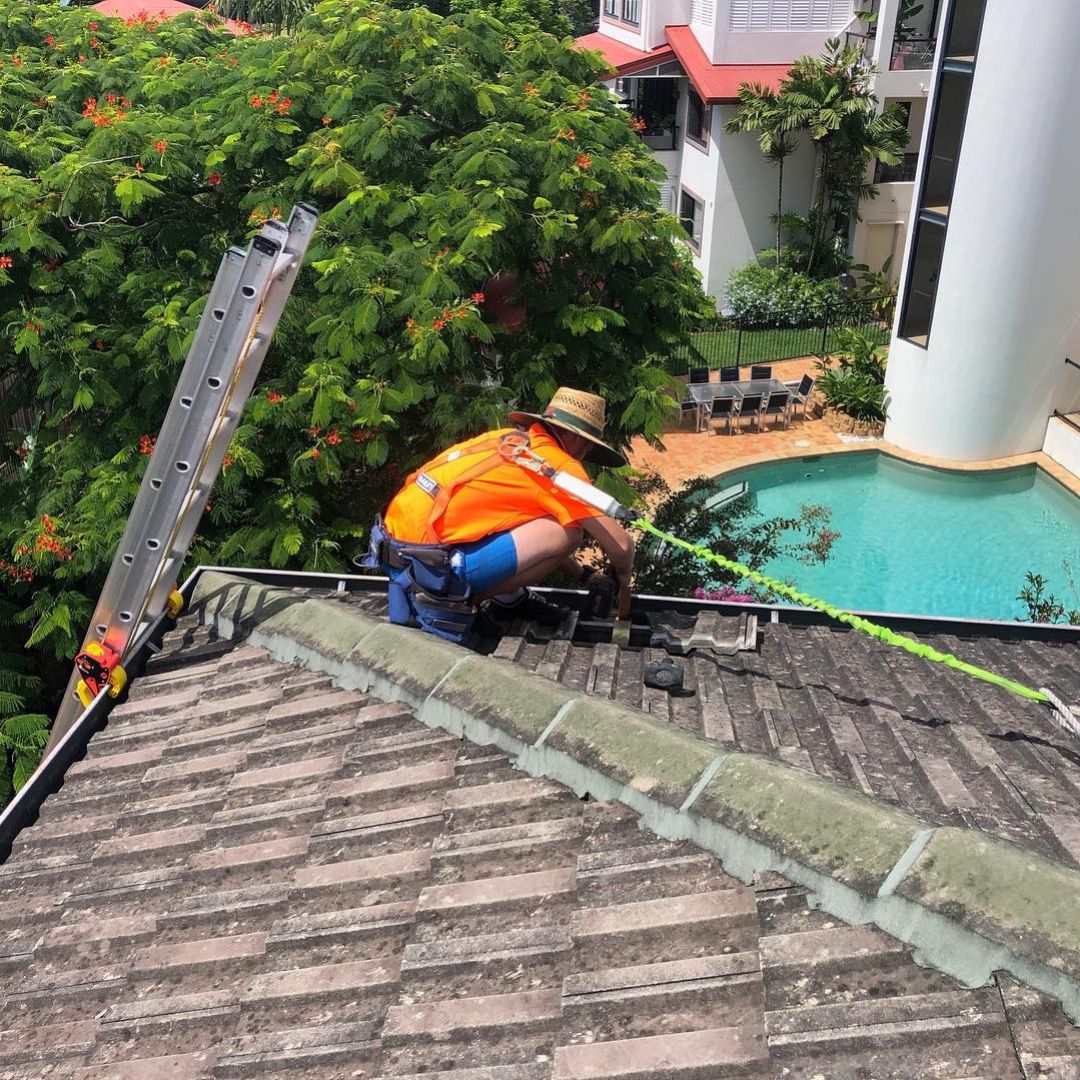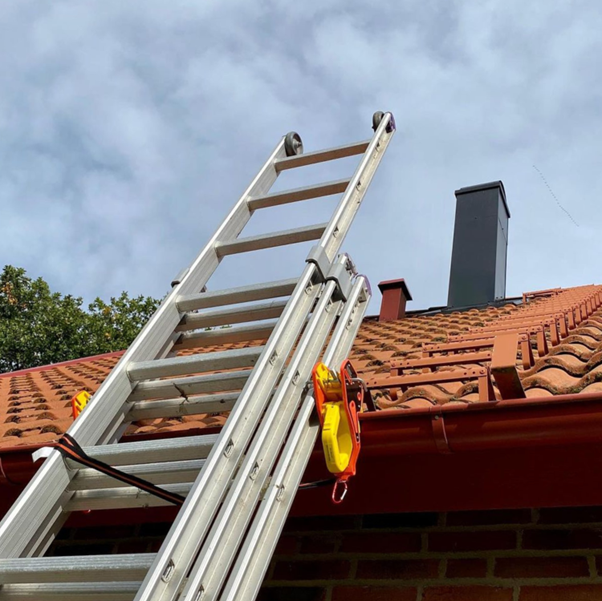Step Ladder vs Extension Ladder: Choosing the Right Tool for the Job
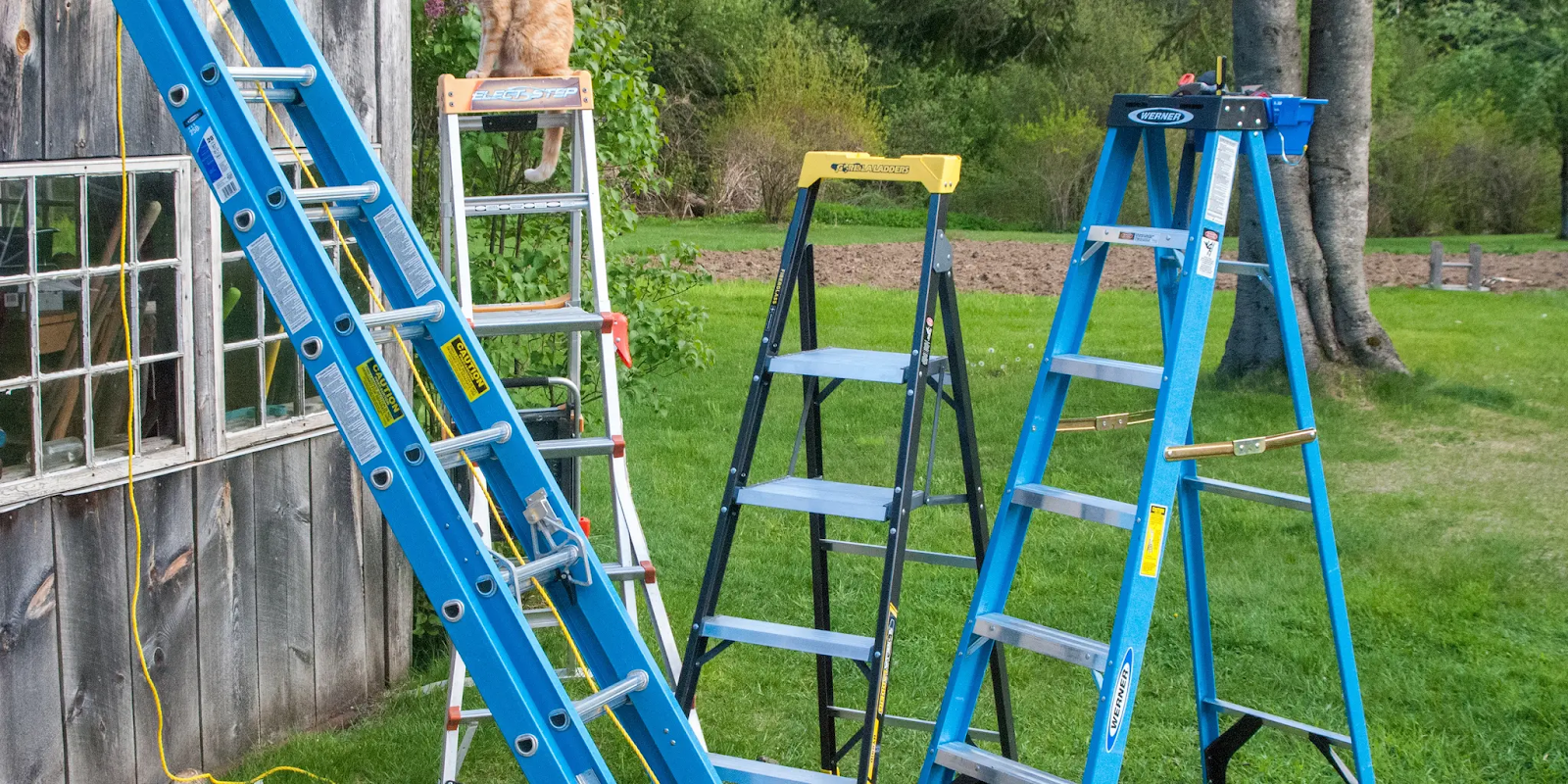
Matching the Ladder to the Task
Choosing the right ladder isn’t just about convenience but also about safety, efficiency, and compliance. Using the wrong type can increase the risk of falls, damage property, and even breach workplace safety obligations.
Step and extension ladders are the most common types on Australian worksites and in homes. Both have their strengths, but they’re designed for different situations. Knowing when to use each can help you work faster, safer, and with fewer headaches.
Step Ladder: Pros and Cons
Pros
- Self-supporting, no need to lean against a wall or structure
- Stable base with four contact points
- Quick setup for short-duration tasks
- Ideal for indoor work like painting, changing lights, or accessing shelves
- Available in multiple heights for flexibility
Cons
- Limited reach compared to extension ladders
- Bulkier to transport than a single-section ladder
- Not suitable for roof access or very high work
Extension Ladder: Pros and Cons
Pros
- Greater reach is ideal for roof access, gutters, and second-storey work
- Adjustable height for different tasks
- Compact storage when retracted
- Lightweight aluminium options for easy transport
Cons
- Requires a stable surface to lean against
- Less stable laterally without accessories like a stabiliser
- Longer setup time than a step ladder
- Higher misuse risk if not set at the correct angle
Side-by-Side Comparison
|
Feature |
Step Ladder |
Extension Ladder |
|
Support |
Self-supporting |
Must lean on a structure |
|
Reach |
Limited (up to ~3m working height) |
High (up to 10m+ working height) |
|
Best Use |
Indoor, short-reach, quick jobs |
Outdoor, high-reach, roof/gutter work |
|
Setup Time |
Seconds |
1–2 minutes |
|
Portability |
Bulkier frame |
Compact when retracted |
|
Stability |
Very stable on flat ground |
Needs correct angle & secure footing |
Safety Tips and the 4:1 Rule
- 4:1 Rule: For every 4 metres of ladder height, place the base 1 metre away from the wall.
- Maintain three points of contact at all times.
- Inspect ladders before use for cracks, loose rungs, or bent rails.
- Use accessories like ladder stabilisers or levellers when conditions demand extra security.
- Never overreach, climb down, and reposition instead.
Making the Right Choice
A step ladder is often the safest and most efficient option if you work indoors or on a quick, low-height task. An extension ladder is essential for outdoor, high-reach work, especially for roof access.
Pair your ladder with the right accessories to prevent slips and movement for maximum safety. For example, a stabiliser for an extension ladder can make a big difference in safety and compliance.

